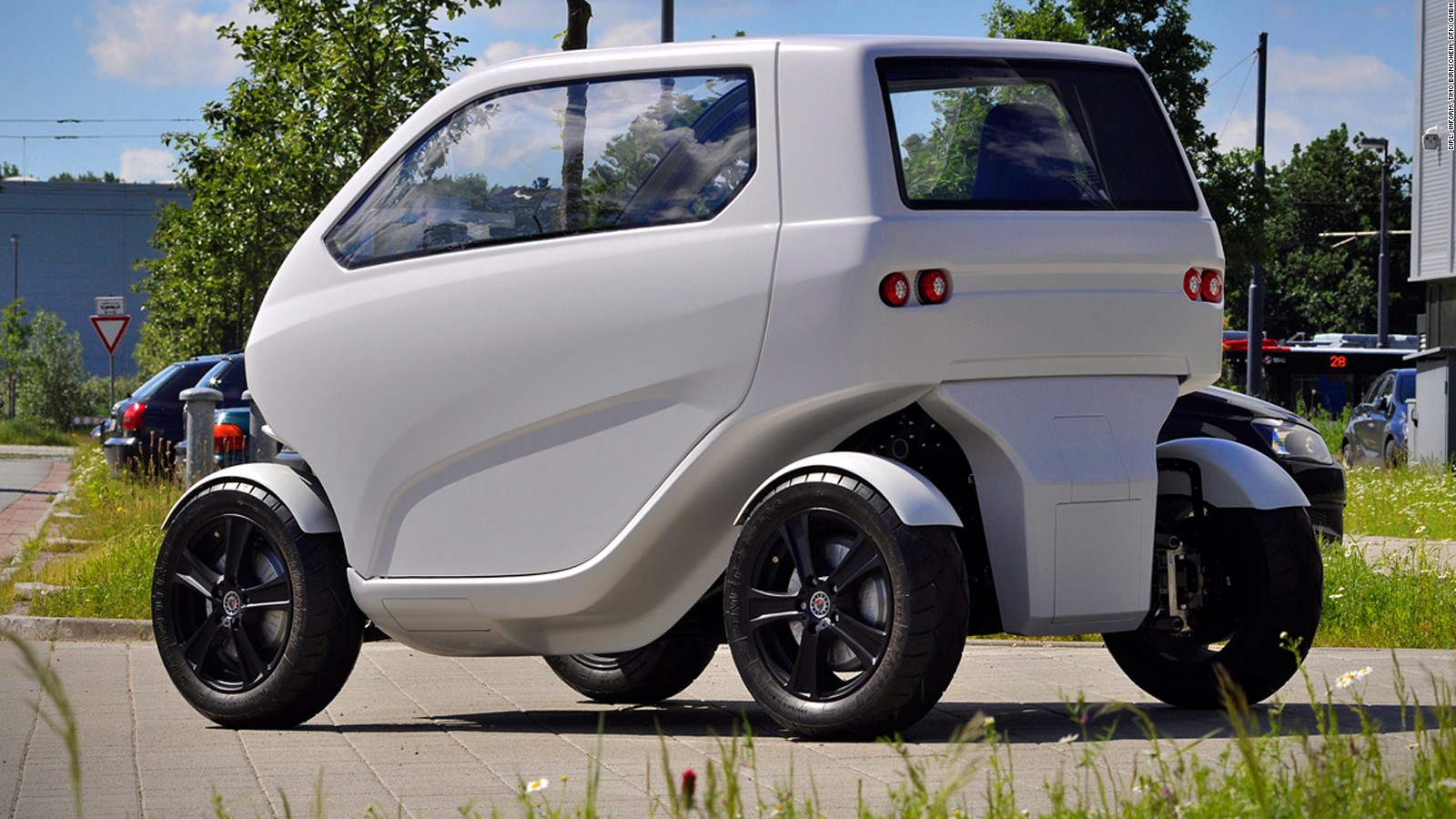Lily Camera Drone
Rather than pilot the craft with a controller, Lily flies autonomously. You simply throw the 2.8 pound..
Microsoft to stop producing Windows versions?
Windows 10 is going to be the last major revision of the operating system. Jerry Nixon, a Microsoft development executive, said in a conference speech this week that Windows 10 would be the "last version" of the dominant desktop software.
'Incredible shrinking car' drives sideways to park in tiny spaces
As cities continue to grow at a dizzying rate, commuters are constantly battling ever-increasing congestion on the roads and a lack of parking, just to get to work. But now a team of German engineers have come up with an ingenious solution -- a "flexible" electric vehicle capable of shrinking, driving sideways (think like a crab) and turning on a dime.
How healthy is healthy
Most of us are aware of the government guidelines for eating for optimum health: each meal should be a balanced percentage of the five main food groups; snacks should be healthy; we should get our five-a-dayat all costs, etc etc.
It's Mothers' Day!
Mother's Day is annually held on the second Sunday of May. It celebrates motherhood and it is a time to appreciate mothers and mother figures. Many people give gifts, cards, flowers, candy, a meal in a restaurant or other treats to their mother and mother figures, including grandmothers, great-grandmothers, stepmothers, and foster mothers.
Friday, June 19, 2015
Saturday, June 13, 2015
 10:29 AM
10:29 AM
 Admin
Admin
Sunday, May 17, 2015
Sunday, May 10, 2015
 8:19 AM
8:19 AM
 Admin
Admin
What do people do?
Many people send cards or gifts to their mother or mother figure or make a special effort to visit her. Common Mother's Day gifts are flowers, chocolate, candy, clothing, jewelry and treats, such as a beauty treatment or trip to a spa. Some families organize an outing for all of their members or hold a special meal at home or in a restaurant. In the days and weeks before Mother's Day, many schools help their pupils to prepare a handmade card or small gift for their mothers.Public life
Mother's Day is not a federal holiday. Organizations, businesses and stores are open or closed, just as they are on any other Sunday in the year. Public transit systems run to their normal Sunday schedules. Restaurants may be busier than usual, as some people take their mothers out for a treat.Background
 8:15 AM
8:15 AM
 Admin
Admin
There is no evidence that the Government has used any of the bulk telephony metadata it collected for any purpose other than investigating and disrupting terrorist attacks. While there have been unintentional violations of guidelines, those appear to stem from human error and the incredibly complex computer programs that support this vital tool. And once detected, those violations were self-reported and stopped. The bulk telephony metadata collection program is subject to executive and congressional oversight, as well as continual monitoring by a dedicated group of judges who sit on the Foreign Intelligence Surveillance Court.
There must be a clear, strong and effective end to bulk collection practices under the Patriot Act, including under the Section 215 records authority and the Section 214 authority regarding pen registers and trap & trace devices.Any collection that does occur under those authorities should have appropriate safeguards in place to protect privacy and users' rights. [Any reform] bill must contain transparency and accountability mechanisms for both government and company reporting, as well as an appropriate declassification regime for Foreign Intelligence Surveillance Court decisions.We believe addressing the above must be a part of any reform package, though there are other reforms that our groups and companies would welcome, and in some cases, believe are essential to any legislation.
We are in the process of evaluating the decision handed down this morning. Without commenting on the ruling today, the president has been clear that he believes we should end the Section 215 bulk telephony metadata program as it currently exists by creating an alternative mechanism to preserve the program's essential capabilities without the government holding the bulk data. We continue to work closely with members of Congress from both parties to do just that, and we have been encouraged by good progress on bipartisan, bicameral legislation that would implement these important reforms.Source:http://www.cnet.com/
 8:13 AM
8:13 AM
 Admin
Admin
 8:04 AM
8:04 AM
 Admin
Admin
Shrink and drive

 RSS Feed
RSS Feed Twitter
Twitter
